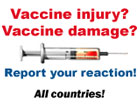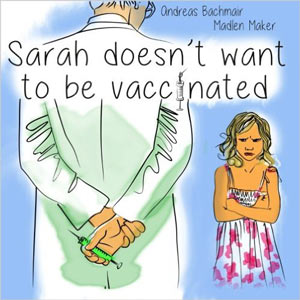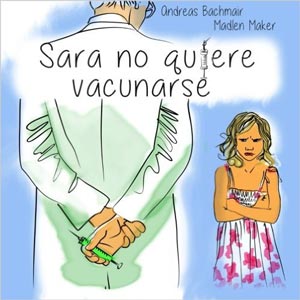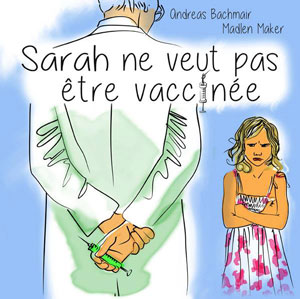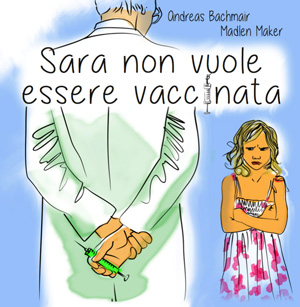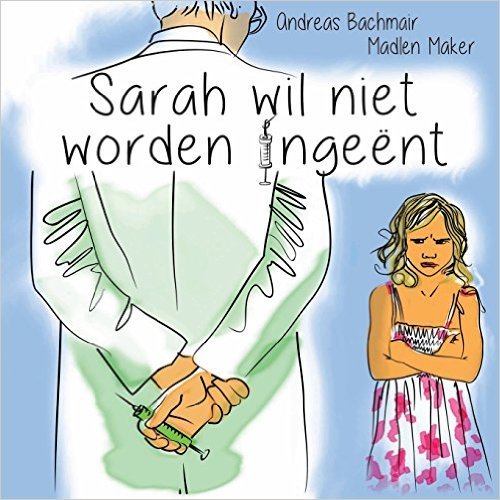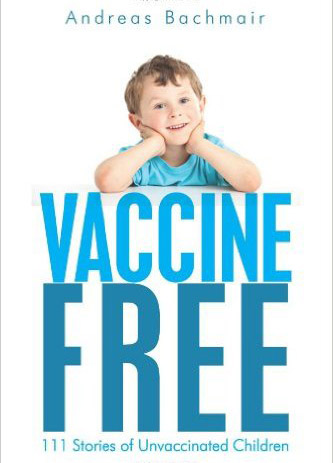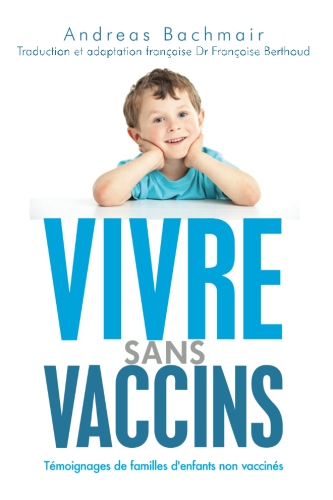Mercury in vaccines from the Australian childhood immunization program schedule.
Austin DW, Shandley KA, Palombo EA.J Toxicol Environ Health A. 2010;73(10):637-40.
Faculty of Life and Social Sciences, Swinburne University of Technology, Melbourne, Australia. This email address is being protected from spambots. You need JavaScript enabled to view it.
Abstract
Despite the removal of the mercury (Hg)-based preservative thimerosal from vaccines listed on the Australian Immunization Program Schedule for children, concerns remain among some researchers and parents for the safety of the present schedule, in part due to a fear of residual trace levels of Hg. The purpose of this study was to independently assess childhood vaccines for the presence of Hg. Eight vaccines administered to children under the age of 5 yr were assessed for Hg content via a DMA-80 direct mercury analyzer. Seven of the 8 vaccines contained no detectable levels of Hg (less than 1 ppb); however, 1 vaccine (Infanrix hexa) tested positive for Hg at 10 ppb. The result was confirmed and validated by retesting the original sample. Follow-up testing was conducted on three additional samples of Infanrix hexa (one from the same production lot and two from a different lot). All three tested positive for Hg (average of 9.7 ppb). Although the levels of Hg detected are substantially lower than any established exposure safety limits, the results of this study reveal that inaccuracies exist in public health messages, professional communications, and official documentation regarding Hg content in at least one childhood vaccine. In the interests of public health, it is incumbent on vaccine manufacturers and responsible agencies such as the Therapeutic Goods Administration and the Federal Department of Health and Ageing to address this issue as a matter of urgency.
PMID: 20391108 [PubMed - indexed for MEDLINE]


